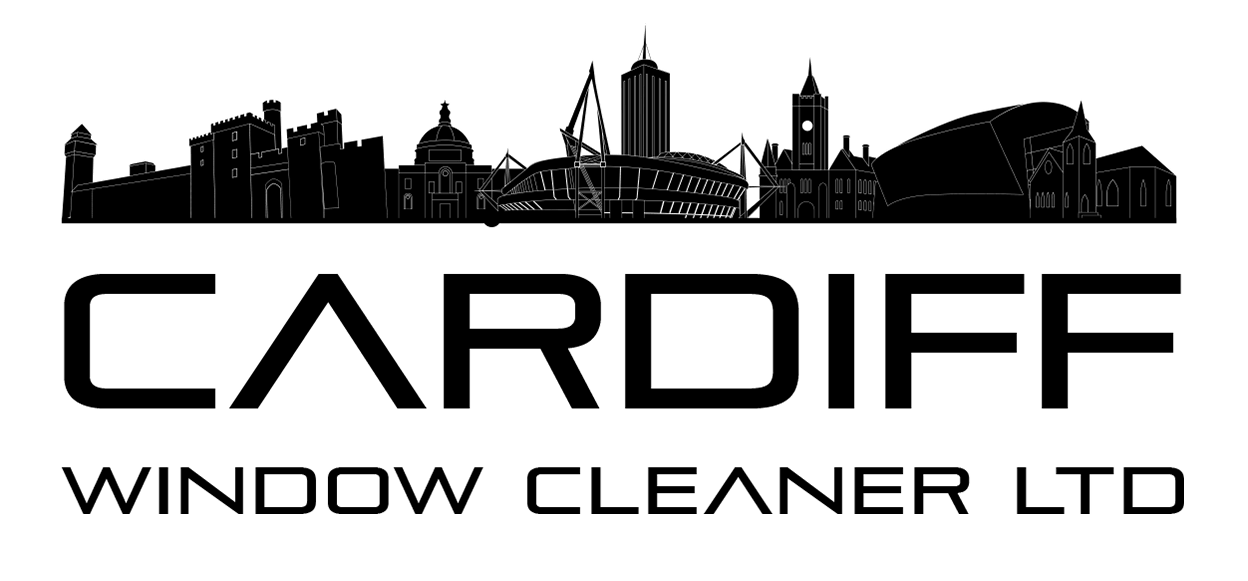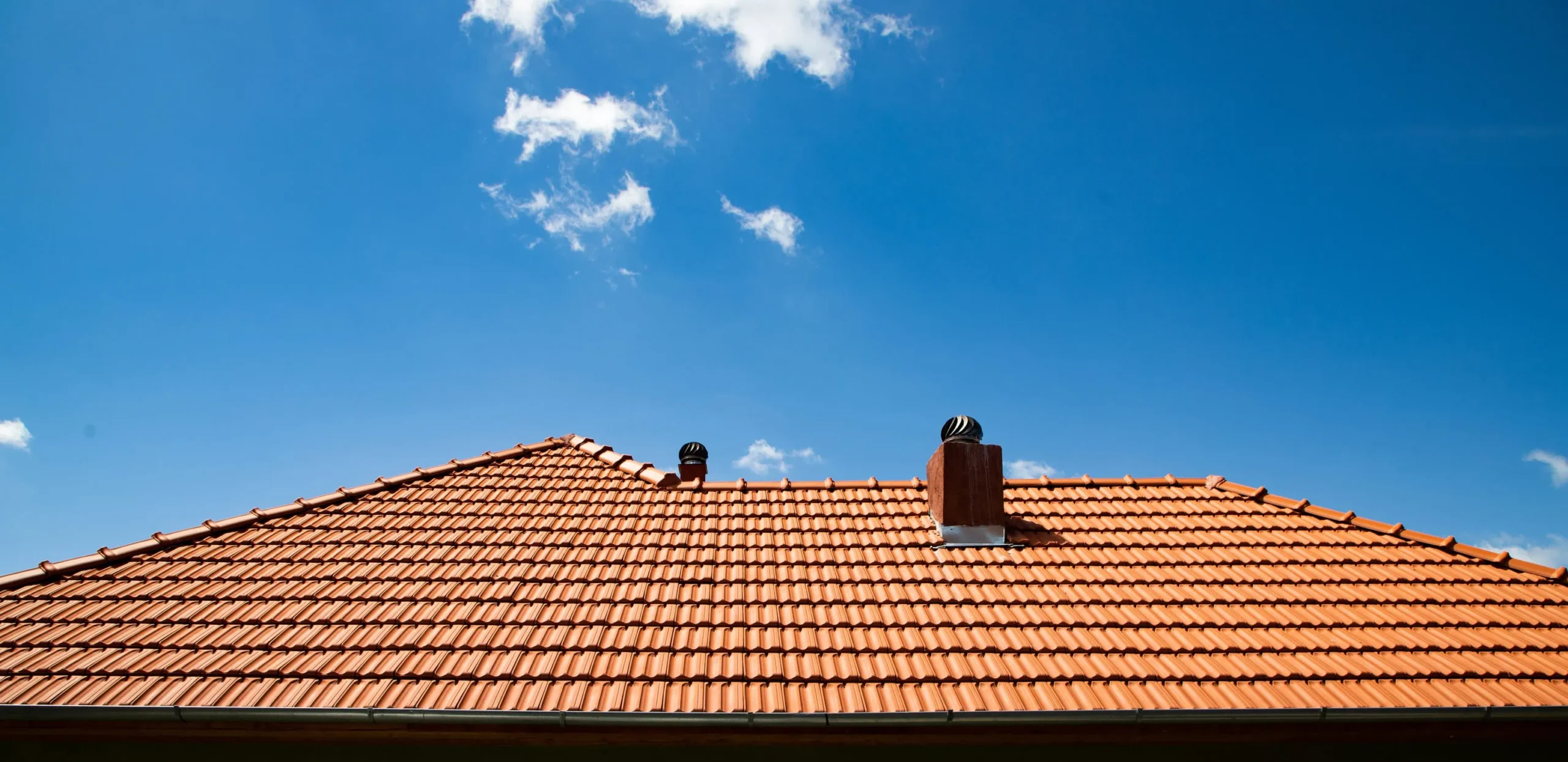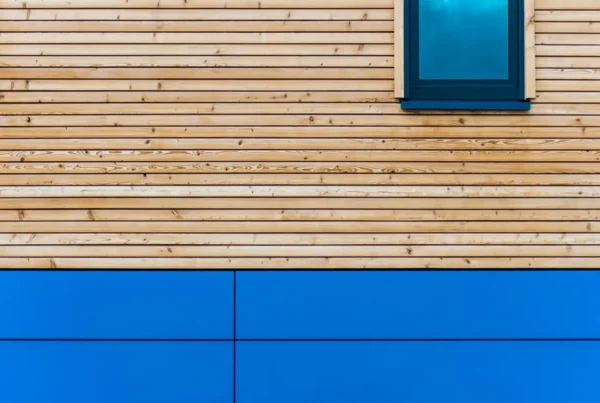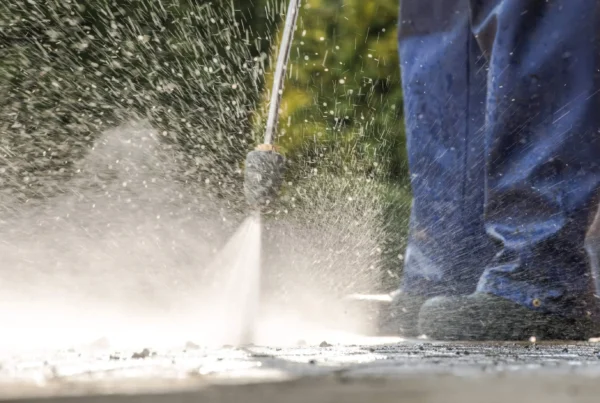Your roof fights the elements every day — sun, rain, wind, ice, falling branches, nesting birds, even airborne algae spores. It’s no wonder it eventually starts to look tired, streaked, or overrun with moss.
Your first instinct might be to grab a pressure washer and blast the grime into oblivion. But stop right there. That might be the worst thing you could do.
Enter soft washing — a method trusted by roofing professionals for one simple reason: it cleans deep without causing damage.
In this guide, we’ll walk you through what soft washing really is, why it works better for your roof than pressure washing, and what to expect if you’re doing it yourself or hiring a pro. You’ll also get pro tips, real-world insights, and some red flags to watch for.
What is Roof Soft Washing?
Soft washing is less about “spraying harder” and more about cleaning smarter.
It uses low-pressure water — typically no stronger than a garden hose — combined with specialised cleaning solutions that kill moss, algae, and lichen at the root, rather than just sweeping them off the surface. The goal is not just to remove growth, but to prevent it from coming back.
Unlike pressure washing, which can damage shingles, strip protective coatings, and force water into places it doesn’t belong, soft washing is designed to preserve your roof while thoroughly cleaning it.
Think of it as the difference between scrubbing your car with steel wool… versus using the right shampoo and microfiber cloth.
Why Roofs Get Dirty (And Stay Dirty)
Let’s bust a myth right now: roof dirt isn’t just “dirt”. In most cases, the problem is organic. That black streaking on your shingles? Probably Gloeocapsa magma, a type of algae that eats away at roofing materials. The green fluff? That’s moss or lichen setting up camp in moisture-retaining corners.
Soft washing doesn’t just hide the problem — it kills the organisms at the root, so they stop spreading.
Those dark stains absorb heat, raising roof temperatures and reducing energy efficiency — potentially increasing your summer cooling costs by 10–15%.
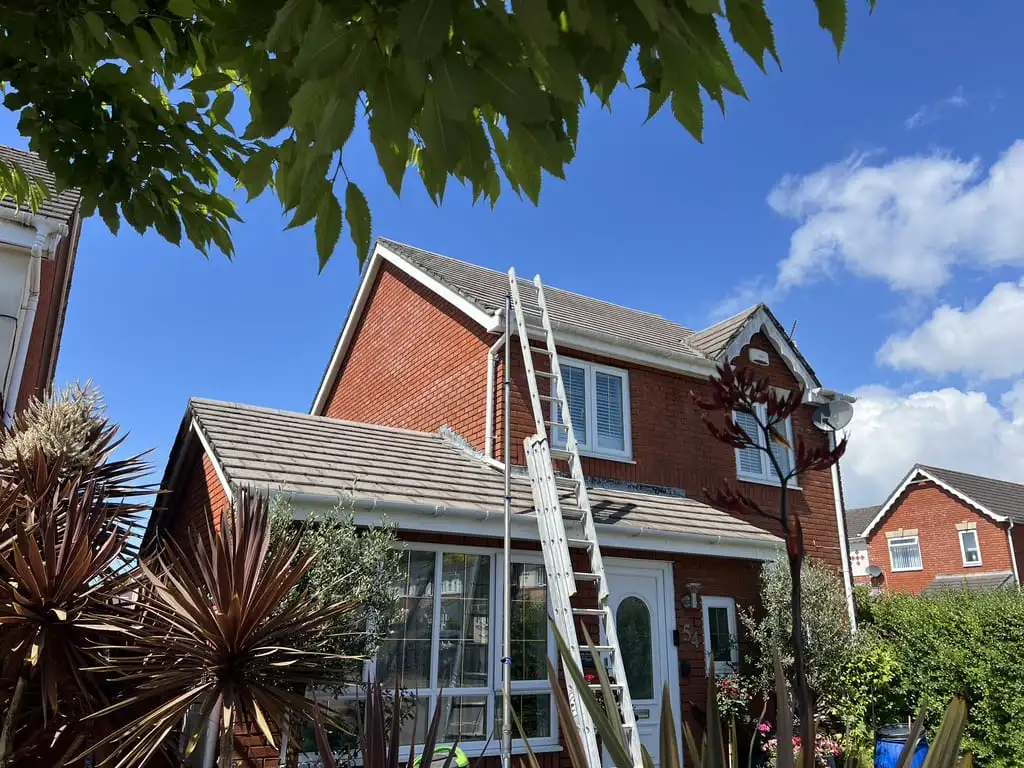
Soft Washing vs Pressure Washing: Let’s Be Real
Too many articles gloss over this (and so we wrote this guide about soft washing vs pressure washing, too). Let’s tell it straight:
- Pressure washing might look satisfying on YouTube, but on your roof? It’s risky. One slip with a 3,000 PSI jet and you could strip off shingles, blast granules into the gutter, or worse — create invisible water intrusion points that lead to mould and rot.
- Soft washing, when done right, takes longer but gets to the root of the issue, is safer for your roof, and the results actually last.
Want Your Roof to Last? Soft Washing Is Step One
Regular soft washing (every 2–3 years for most homes) can:
- Extend roof life by up to 30%
- Improve curb appeal instantly
- Boost energy efficiency
- Prevent water damage caused by moss lifting tiles
- Increase property resale value
How to Soft Wash a Roof: Step by Step
You don’t need to be an expert to understand the steps — but you do want the person cleaning your roof to be one.
1. Inspection First, Always
Every good soft wash job starts with a roof inspection. A professional will check for broken tiles, lifting shingles, signs of water ingress, or delicate areas that need extra care. This ensures no damage is worsened during the clean.
2. Protecting What Matters
Plants, patios, furniture, solar panels — anything around the home that could be affected by the cleaning solution should be pre-soaked or covered. Responsible pros use eco-safe products, but even those need to be handled with care.
3. Mixing the Right Solution
This isn’t just bleach in a bucket. Most pros use a blend of biodegradable surfactants, algaecides, and water, mixed in precise ratios based on the level and type of contamination.
4. Application With Purpose
Using low-pressure pumps, the solution is sprayed on from bottom to top (yes, bottom to top — so runoff doesn’t dilute untreated areas). Then it’s left to dwell. This is where the magic happens.
5. Final Rinse & Walkthrough
Once the solution has done its job, the roof is gently rinsed. The pro may come back in a few days to check for remaining patches or re-treat stubborn areas.
DIY or Hire a Pro?
| DIY Cleaning | Professional Soft Washing | |
|---|---|---|
| Pros | – Cheaper upfront – Flexible timing | – Better, longer-lasting results – Commercial-grade equipment & solutions – Insured & safety-trained team |
| Cons | – Risk of falling or injury – Weaker chemicals, limited effectiveness – May miss deep-rooted contamination | – Higher initial cost – Requires booking availability |
If you have a simple, low-slope roof and you’re confident with ladders, DIY can work — but be cautious. For steep, high, or heavily infested roofs, call in the pros. It’s not worth risking injury or long-term damage.
Ready to Give Your Roof a Fresh Start?
Soft washing is one of the most cost-effective ways to protect your roof and boost your home’s appearance — without risking damage.
Need help deciding the best approach for your property? Our team offers expert advice, transparent quotes, and safe, professional roof soft washing that’s built to last.
Contact us today to ask us anything about the process.
